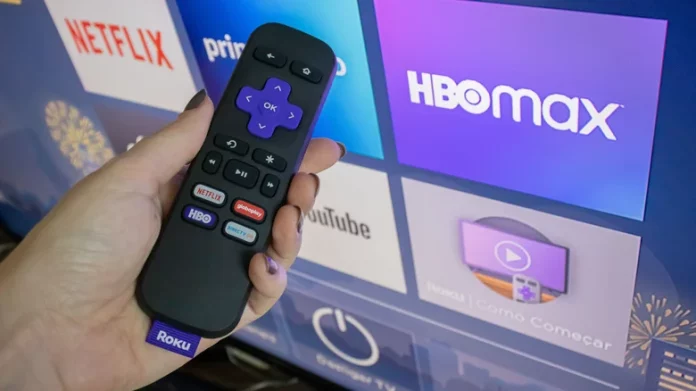Roku TVs are among the most affordable options on the market — and that affordability doesn’t necessarily mean low quality. Unlike many “derivative models” that appear during holiday sales events like Black Friday, most Roku-branded sets aren’t stripped-down versions. Their competitive pricing comes from a mix of streamlined manufacturing, partnerships with budget-friendly brands, and, increasingly, the hidden value of user data.
There’s an old saying: when a product is free, you are the product. With cheap smart TVs, that idea isn’t far from reality.
How Roku and Its Partners Keep Prices Low
Today’s TV market is fiercely competitive. Advances in panel production, firmware integration, and logistics allow manufacturers to build high-quality sets at lower costs. That efficiency, combined with a growing network of accessible brands such as Hisense, TCL, Amazon, and Roku’s own models, has driven prices down sharply.
Not long ago, a 4K television typically cost well over $500. Today, it’s routine to find Roku or Fire TV-equipped sets in the $300–$350 range. Manufacturing innovation plays a big role, but that’s only part of the story. The bigger reason for these aggressive price tags comes from the data and advertising ecosystem built into smart TVs.
Data Brokering: The Real Profit Engine
Every time you interact with your TV — from launching an app to watching an ad or making a purchase through a streaming platform — you generate valuable behavioral data. This information is collected, aggregated, and sold to third-party firms known as data brokers. These brokers analyze and resell the data to advertisers, research firms, and marketers who use it for personalized ads, predictive analytics, and consumer insights.
According to Investopedia, Roku’s gross profit in 2023 was about $1.52 billion, a large portion of which came not from hardware sales, but from digital advertising and platform revenue. In short, the more you engage with your Roku device, the more data Roku can monetize.
That’s why the company — like many others in the smart TV space — keeps hardware prices low, even selling sets near cost or at a temporary loss. The true profits come later, as users stay on the platform and feed a steady stream of monetizable data.
The Bigger Picture
Roku isn’t alone in this model. Smart TV makers and streaming device companies across the industry operate similarly, leveraging user metrics to fund affordable devices. So while falling prices may seem like a win for consumers, it’s worth remembering that the trade-off often lies in the background — in the unseen exchanges of your viewing habits and personal data.
The next time you spot a great deal on a $300 4K Roku TV, you’ll know there’s more to the bargain than meets the eye.





